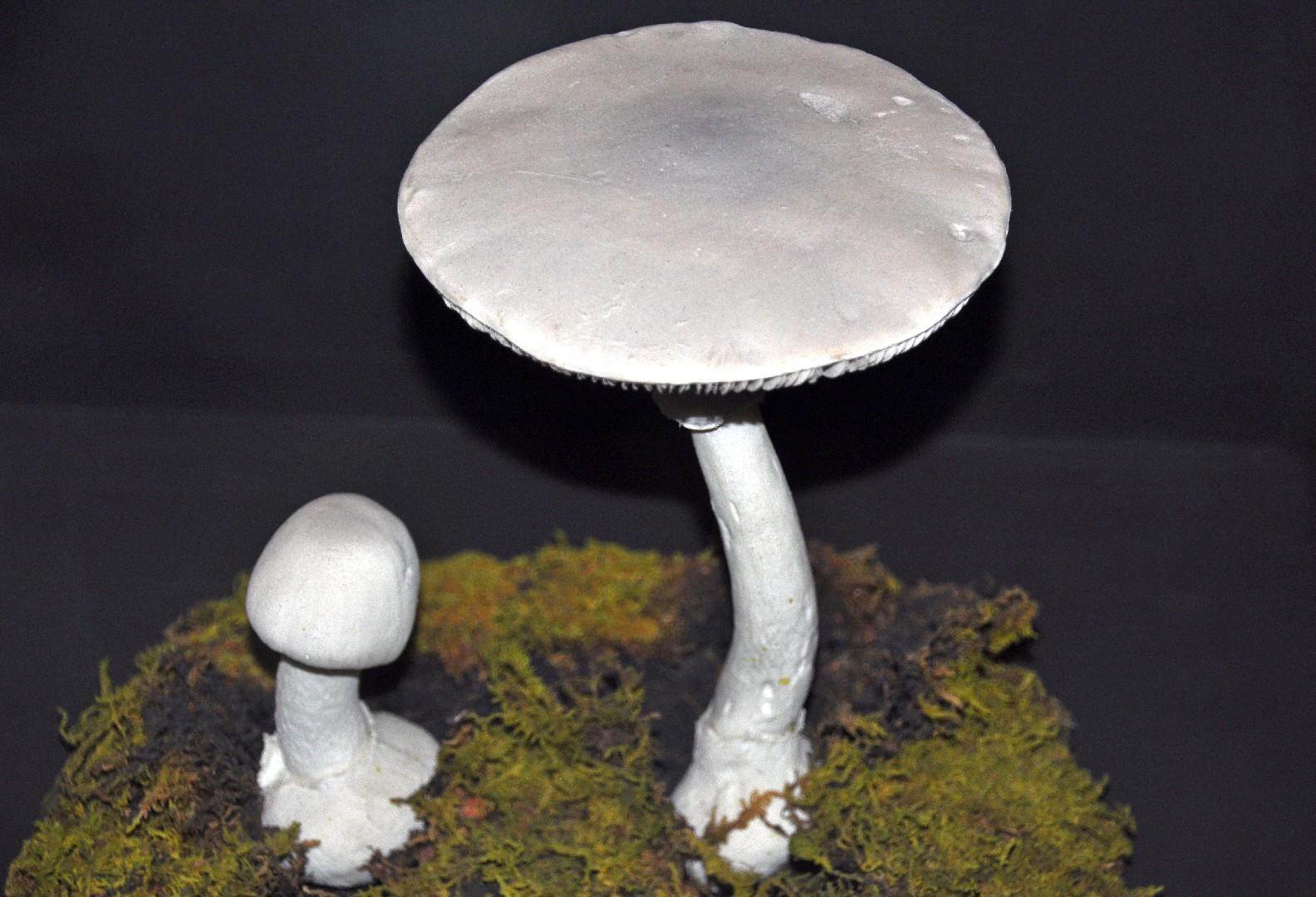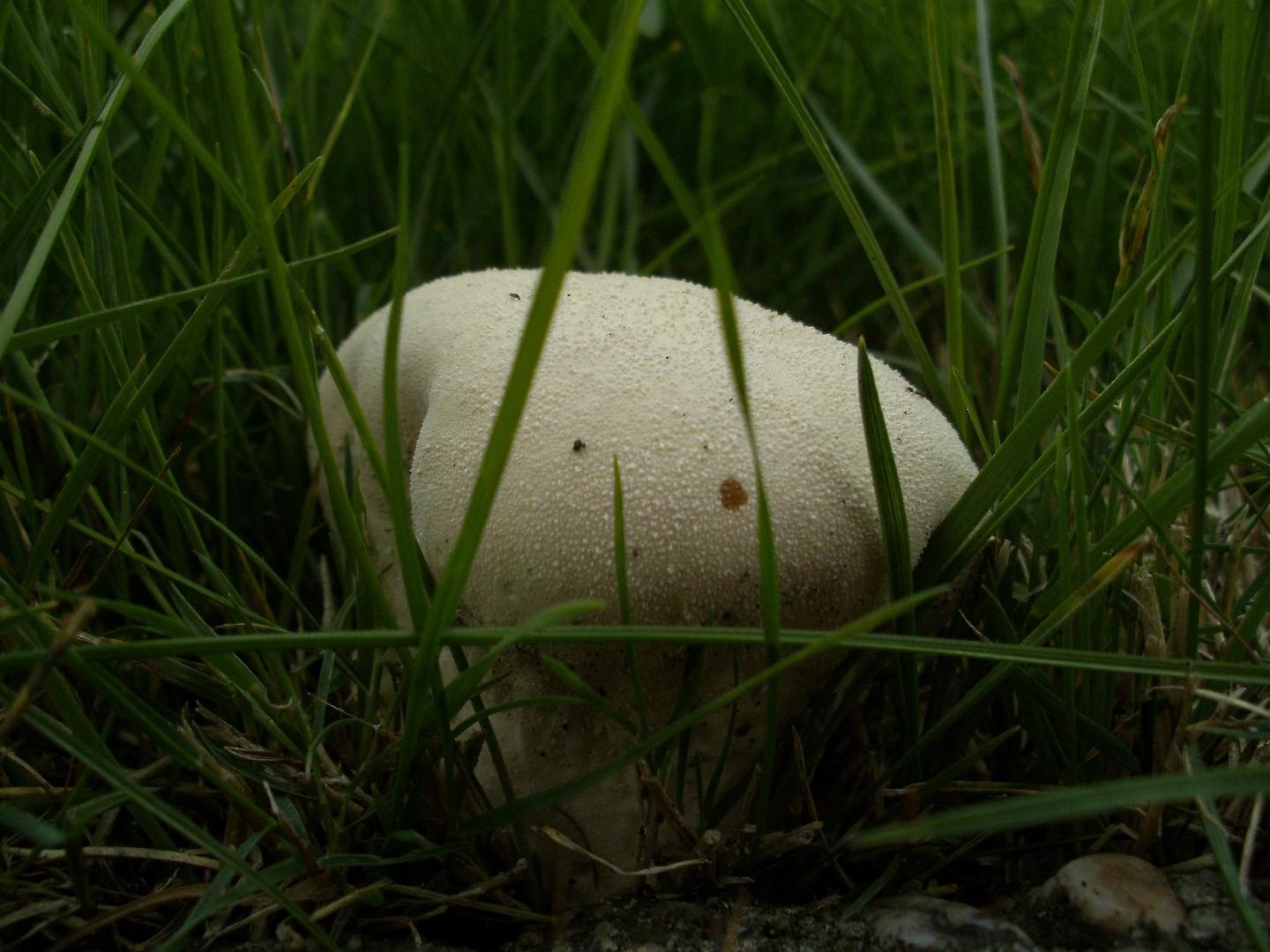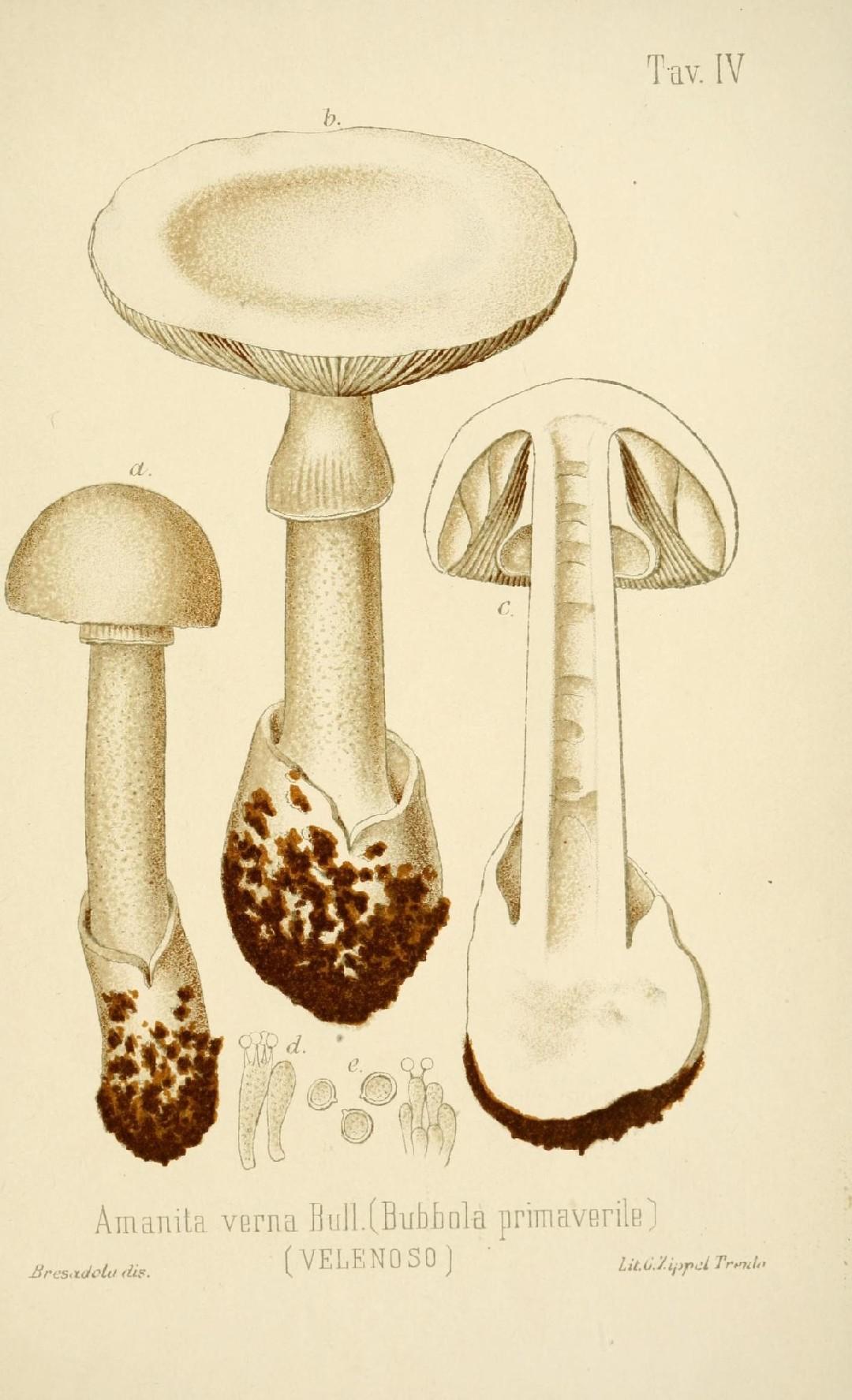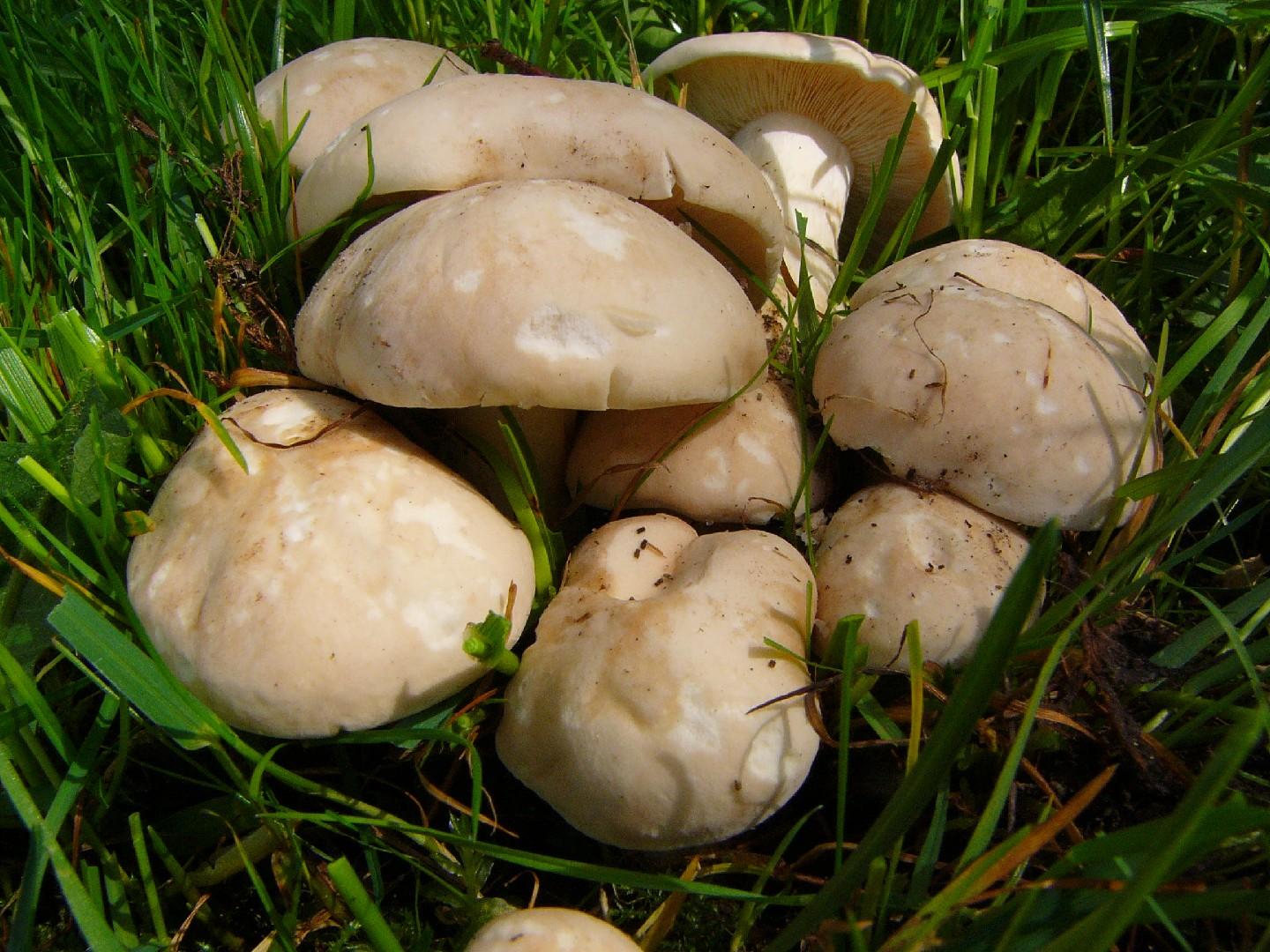



Fool's mushroom
Amanita verna
A species of Amanita mushrooms. Also known as Mushroom fool.
The Destroying Angel mushroom is entirely white, from its cap to its stalk and gills. Like all members of the *Amanita* genus, it features a volva. The cap of this fungus typically spans 5-10 cm (2-4 in) in width, matching its approximate height. Its gills are unattached and white, and its volva is large and sac-like. The annulus is white and membrane-like. *A. verna* exhibits a yellow reaction when treated with a 20% potassium hydroxide solution, differentiating it from *Amanita phalloides var. alba*, whereas *Amanita virosa* yields an orange-yellow response. The mushroom's spores are smooth and have an elliptical shape.
Attributes of Fool's mushroom
Scientific Classification of Fool's mushroom
Toxicity and Edibility of Fool's mushroom
Is Fool's mushroom Toxic?
The deadly Amanita verna, often referred to as the Fool's mushroom, is a hepatotoxic fungus frequently encountered in both deciduous and coniferous woodlands during the spring season. This mushroom is recognized by its entirely white appearance, featuring a cap and stalk, a distinctive ring encircling the stalk, and a bulbous, sac-like volva at its base. Ingesting the Fool's mushroom can lead to severe health consequences including gastrointestinal distress, general weakness, circulatory collapse, and potentially fatal liver damage or cardiac arrest.
Is Fool's mushroom Toxic to Dogs?
Fool's mushroom can be dangerous to dogs. If your pet has consumed this mushroom, seek immediate veterinary attention. Symptoms may vary, but early intervention is crucial for the best outcome.
